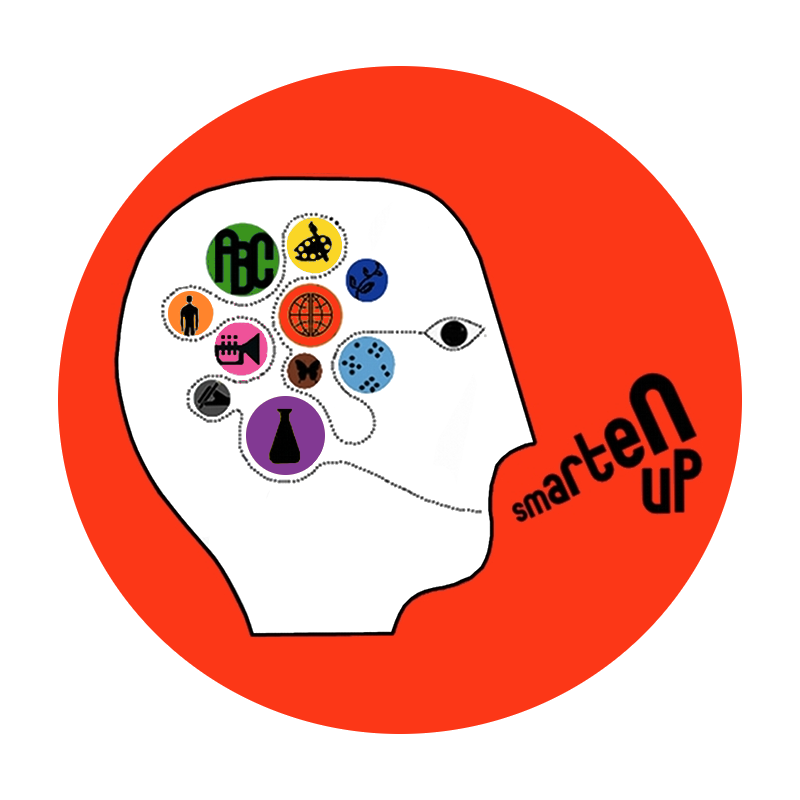Entering the world of test prep is a fraught prospect for many families. Competition can be a valuable motivator in the right context, but it can also sow feelings of inadequacy, bring added stress to students and parents, and wield undue influence on a student’s educational experience. As we guide families through the process of test prep, from the ISEE to the SAT/ACT, there are a few tenets we hold to in order to align with our own philosophy of teaching and learning.
1. Treat testing (and preparation) as a learning opportunity — for content, and for executive function skills
In most cases, the test prep process occurs entirely outside of school - this makes it a valuable opportunity to teach good habits around independent time management and structured goal-setting. Since test prep also inherently involves an element of repetition and error analysis, it’s also a chance for students to learn how to evaluate the effectiveness of different learning styles and study strategies as they reflect on their own mistakes and track their own progress over time. These metacognitive and executive function skills will empower students to work more effectively across the board.
2. Teach a growth mindset: embrace challenge, celebrate effort, support learning
We’re big believers in the growth mindset - and dealing with standardized tests is both the perfect chance to put it into practice, and, unfortunately the perfect trap for falling back into a fixed mindset perspective. From day one we want to encourage students to sit with the discomfort of not knowing how to solve a puzzling problem, and remember that challenge is an opportunity to grow by trying new strategies, rather than a sign of failure. We help them recognize the value of their effort, and demonstrate through results that their abilities can improve in direct relation to the work they put in - rather than allowing their test score to define them in a fixed, unchangeable way.
3. Remember that every student is unique
One reason standardized testing can be stressful is that it throws everyone into the same basket, ignoring (but in practice amplifying) differences in schooling, family background, learning style, etc. Although the test is the same for everyone, though, we must remember that there is no one-size-fits-all approach to test prep. The value of tutoring is that it can - and should - be individualized to match the specific needs of each child, both in terms of learning style, and in terms of content. It’s also vitally important that the goals and expectations set for students by parents and tutors be appropriate, and based as much as possible in the mastery of skills and strategies that will be useful beyond the context of the test as well.










